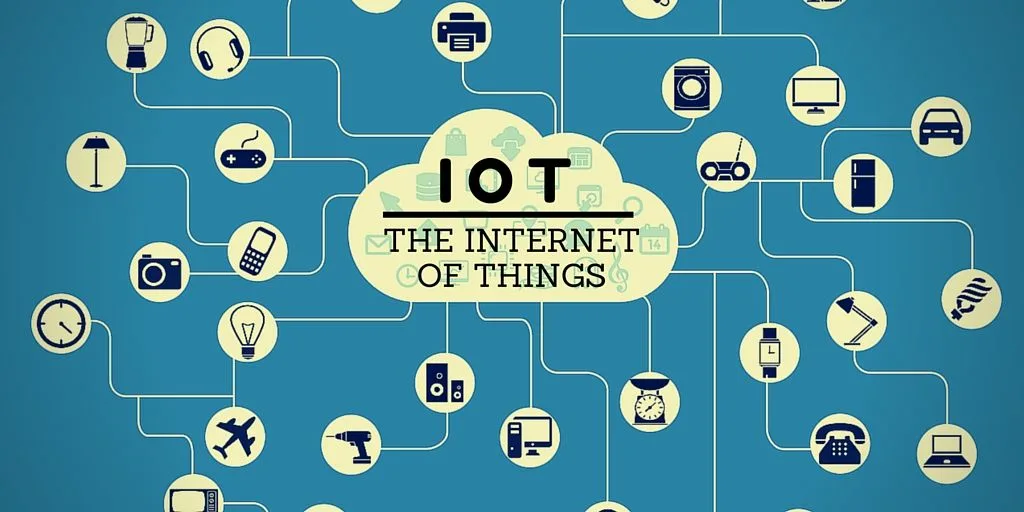
The Internet of Things (IoT) has transformed the way we interact with technology, connecting everyday devices to the internet and enabling seamless communication between them. From smart homes to industrial automation, IoT is shaping a more interconnected and efficient world.
At its core, IoT refers to the network of physical objects—like thermostats, refrigerators, wearable devices, and machinery—embedded with sensors, software, and connectivity. These devices collect and exchange data, often in real time, allowing for smarter decision-making and improved efficiency.
In households, IoT has simplified daily life. Smart thermostats adjust temperatures automatically to save energy, while connected security systems monitor homes and send alerts to smartphones. Even refrigerators can track food inventory and suggest grocery lists. These conveniences enhance comfort, safety, and efficiency.
Industries have benefited significantly from IoT as well. Manufacturing plants use connected machines to monitor production processes, predict maintenance needs, and reduce downtime. Supply chain operations are optimized through real-time tracking of shipments, reducing costs and improving customer satisfaction.
Healthcare is another area where IoT is revolutionizing service delivery. Wearable devices monitor vital signs, track fitness, and alert users or medical professionals to potential health issues. Remote patient monitoring enables doctors to provide timely care, even when patients cannot visit clinics.
Despite its advantages, IoT raises challenges, particularly around security and privacy. Every connected device can be a potential entry point for cyberattacks. Strong encryption, regular updates, and responsible data management are essential to mitigating risks.
In conclusion, the Internet of Things is not just a technological trend—it’s a fundamental shift in how devices, industries, and people interact. As IoT continues to expand, its potential to improve efficiency, safety, and quality of life is virtually limitless.